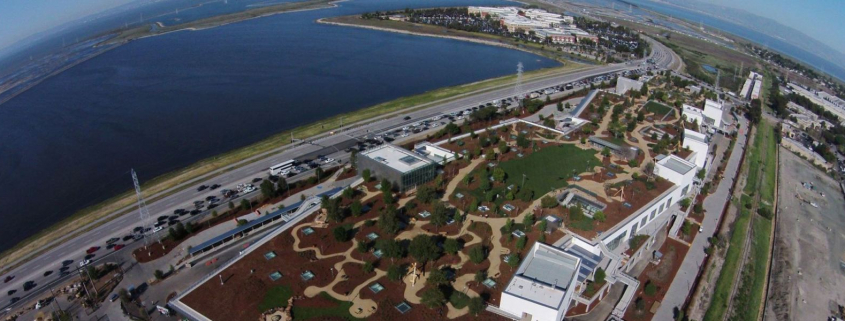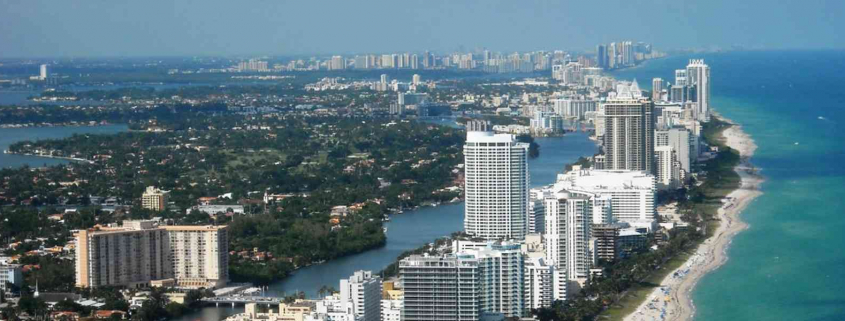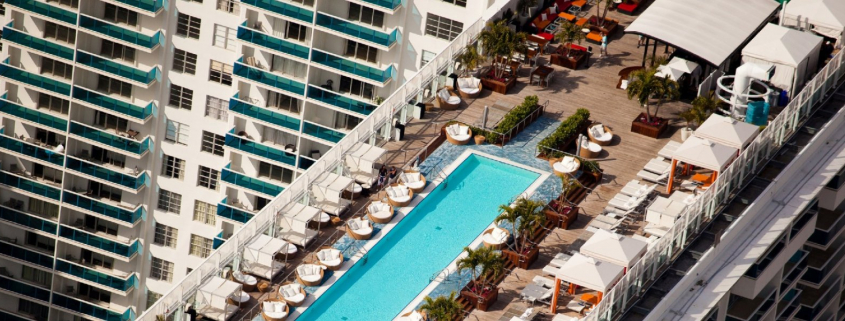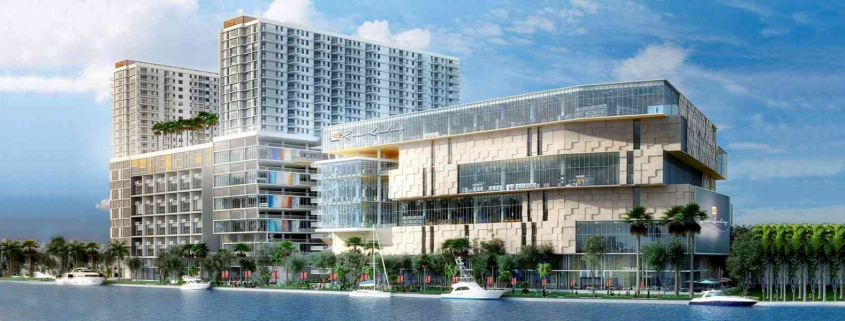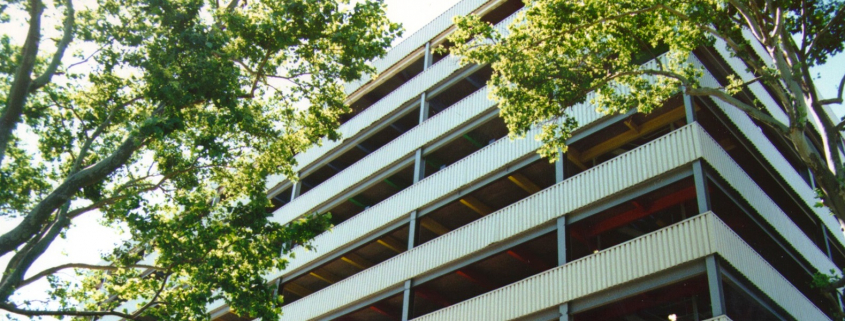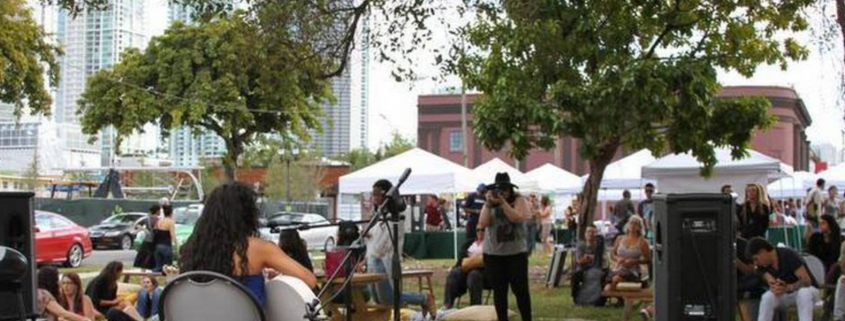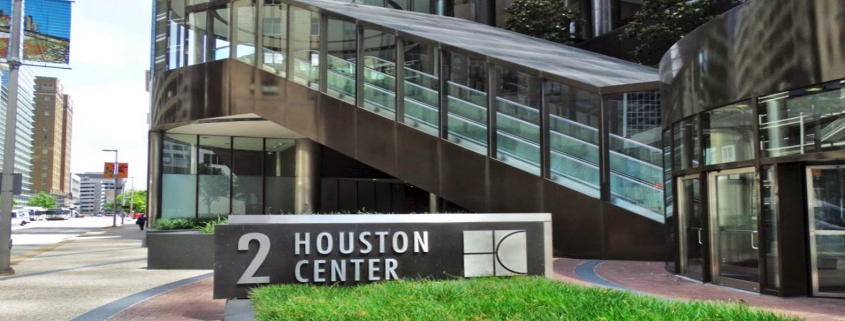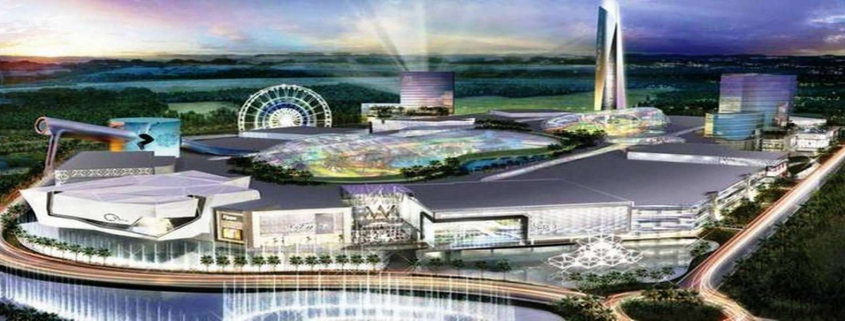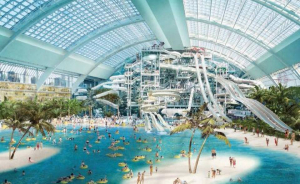If the 11,000-plant “living green wall” or hangers fashioned from recycled paper don’t give it away, the ceilings, furniture and doorways made of reclaimed wood will: 1 Hotel South Beach is serious about its eco-friendly mission.
“Hotels can do better with their impact on the earth,” said Michael Laas, corporate director of impact for SH Group, the hotel brand management company for Starwood Capital Group.

The environmentally-focused 1 Hotel South Beach features a green wall at its main entrance. The 1 Hotel South Beach opens on Wednesday after a massive re-working of the former Gansevoort. NICK SWYTER / MIAMI HERALD STAFF
In a nod to its nature-centric philosophy, the hotel will celebrate its opening Wednesday with a sage-burning ritual, the unveiling of a coral sculpture and a release of butterflies by Plant the Future, a Wynwood company whose terrariums are found throughout the property. The very first guests checked in Tuesday.
Starwood Capital, an investment firm that is not affiliated with Starwood Hotels & Resorts, partnered with LeFrak, a privately held group of real estate companies, for the massive overhaul of the former Gansevoort. The hotel was also operated as the Perry before closing for renovations in spring 2013. Including the $230 million purchase price in early 2012, the developers have invested about $500 million in the 426-room, 155-residence property.
“Everything was basically, for all intents and purposes, it was gutted and we started over,” said Richard LeFrak, president of LeFrak. He said windows, terraces, air-conditioning systems, elevators, pools, ballrooms, guest rooms, bathrooms and more were redone. “There’s really nothing that resembles what was there,” LeFrak said. “Except it’s still on Collins Avenue.”
The hotel’s website gives the address as 2341 Collins Ave., but the giant property fills the block between 23rd and 24th streets. It includes four pools, including one on the roof; a signature restaurant called Beachcraft, lobby bar and poolside restaurant from celebrity chef Tom Colicchio; another restaurant, STK Miami; a ballroom; and meeting space. Rates start at $699 a night for entry-level rooms with king-sized beds.
Ceilings in the lobby are made of wood reclaimed from water towers in Alaska, while some of the furniture was crafted with fallen trees from South American rainforests. On guest room floors, hallways are accented with wood from trees that were taken down by mountain pine beetles.
“It’s all about telling different stories,” Laas said. But those back stories will have to be found online, not in a glossy brochure or coffee table book. “We’re paper smart, so we don’t have printed material in the rooms,” Laas said. Instead, in rooms that average more than 700 square feet, guests will find a tap with filtered water rather than plastic bottles, low-flow water fixtures and a mini chalkboard on the bedside table to replace a pen and pad.
Laas said the hotel will earn silver certification from the Leadership in Energy & Environmental Design, or LEED, green building program.
Hotel managing director Philip Dailey said he expects the brand’s sensibilities to resonate with modern hotel guests. “Real things are back,” he said. “We’re a very real, very natural product.”
Miami Beach is the first outing for the 1 Hotel brand; a Central Park location is expected to open in early July, followed by a site in Brooklyn Bridge Park at the end of this year or early next, said SH Group president Scott Rohm.
Dailey said Miami Beach, with its international appeal and superheated status, is a perfect place to launch the brand. “We know that there’s certainly a lot of competition here,” he said. “I think we have something that’s really special.”
The reputation of Starwood Capital and SH Group chairman and CEO Barry Sternlicht — who founded Starwood Hotels & Resorts in 1995 and created W Hotels — has also helped draw attention, Dailey said.
Gregory Rumpel, managing director of Jones Lang LaSalle Hotels in Miami, said he believes the hotel will be especially attractive to meeting planners and families drawn by its large rooms, some of which boast two king beds. JLL took the property through foreclosure in its previous iteration, sold the hotel to the current owners and remains “actively involved,” though Rumpel would not say in what capacity.
Rumpel said the 1 Hotel South Beach joins a growing list of high-profile new offerings on the beach, including the Thompson Miami Beach and Miami Beach Edition. “We’ve got this new cast of characters,” he said. “The picture just got broader, the picture just got more interesting and exciting.”
Source: Miami Herald


